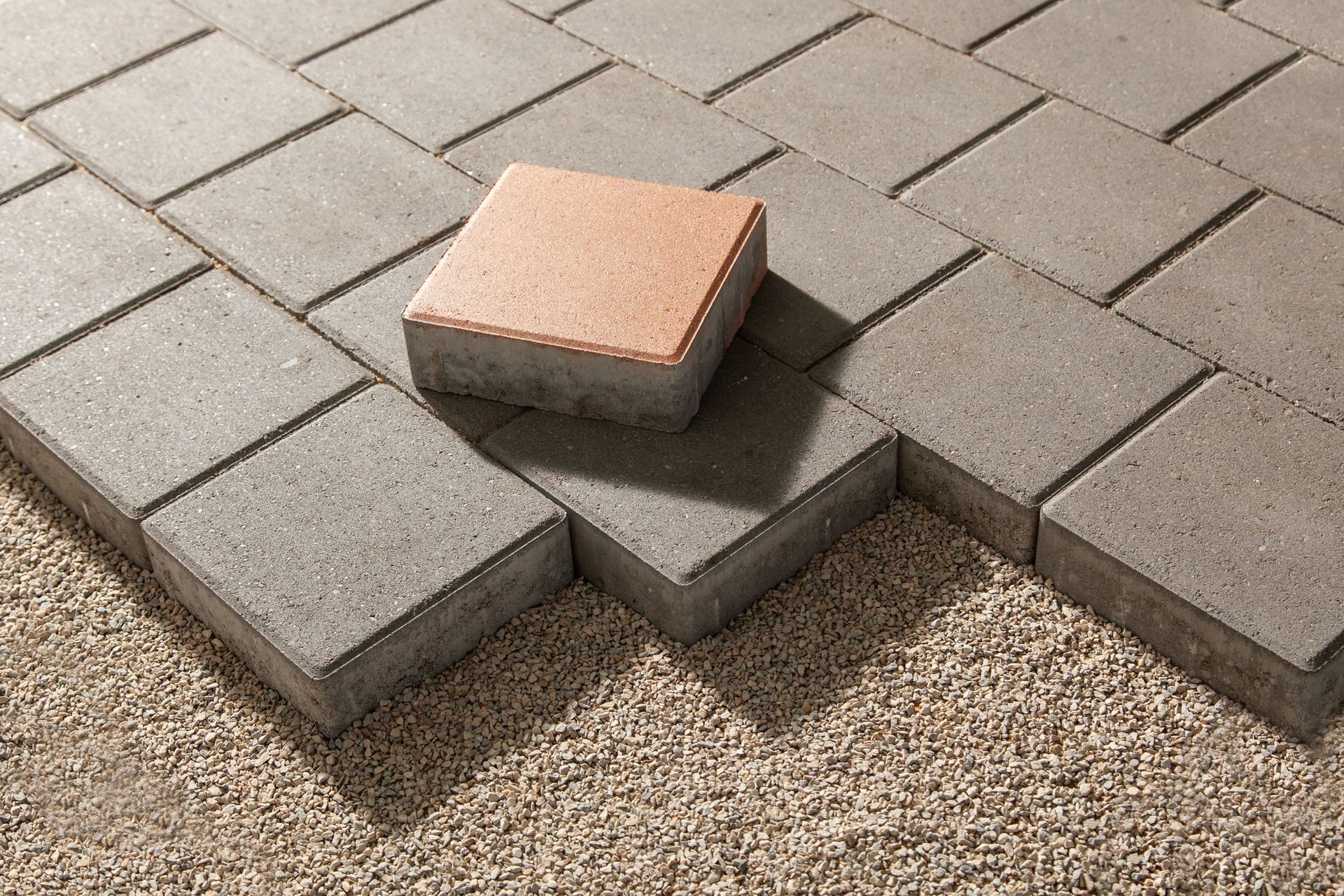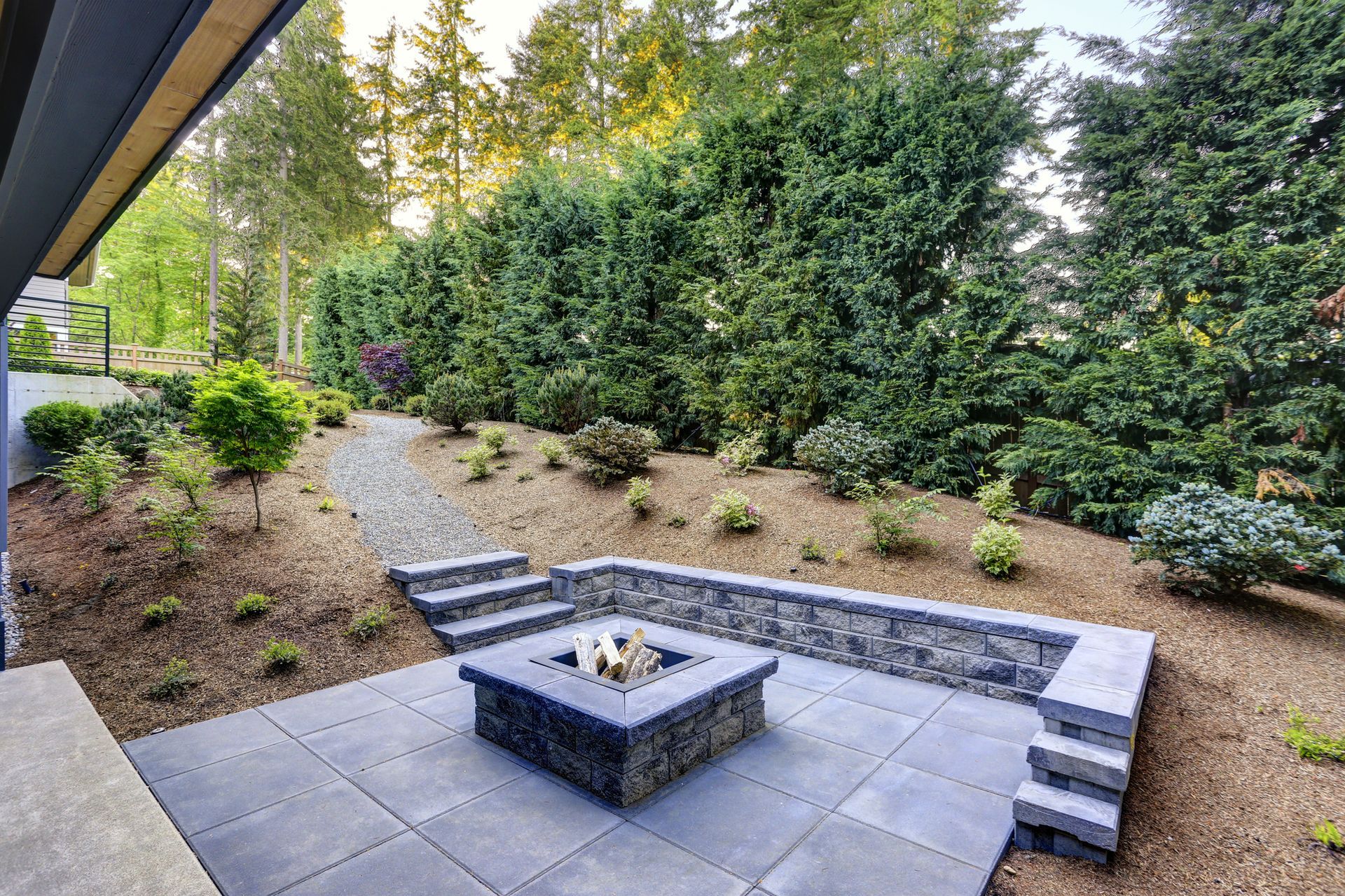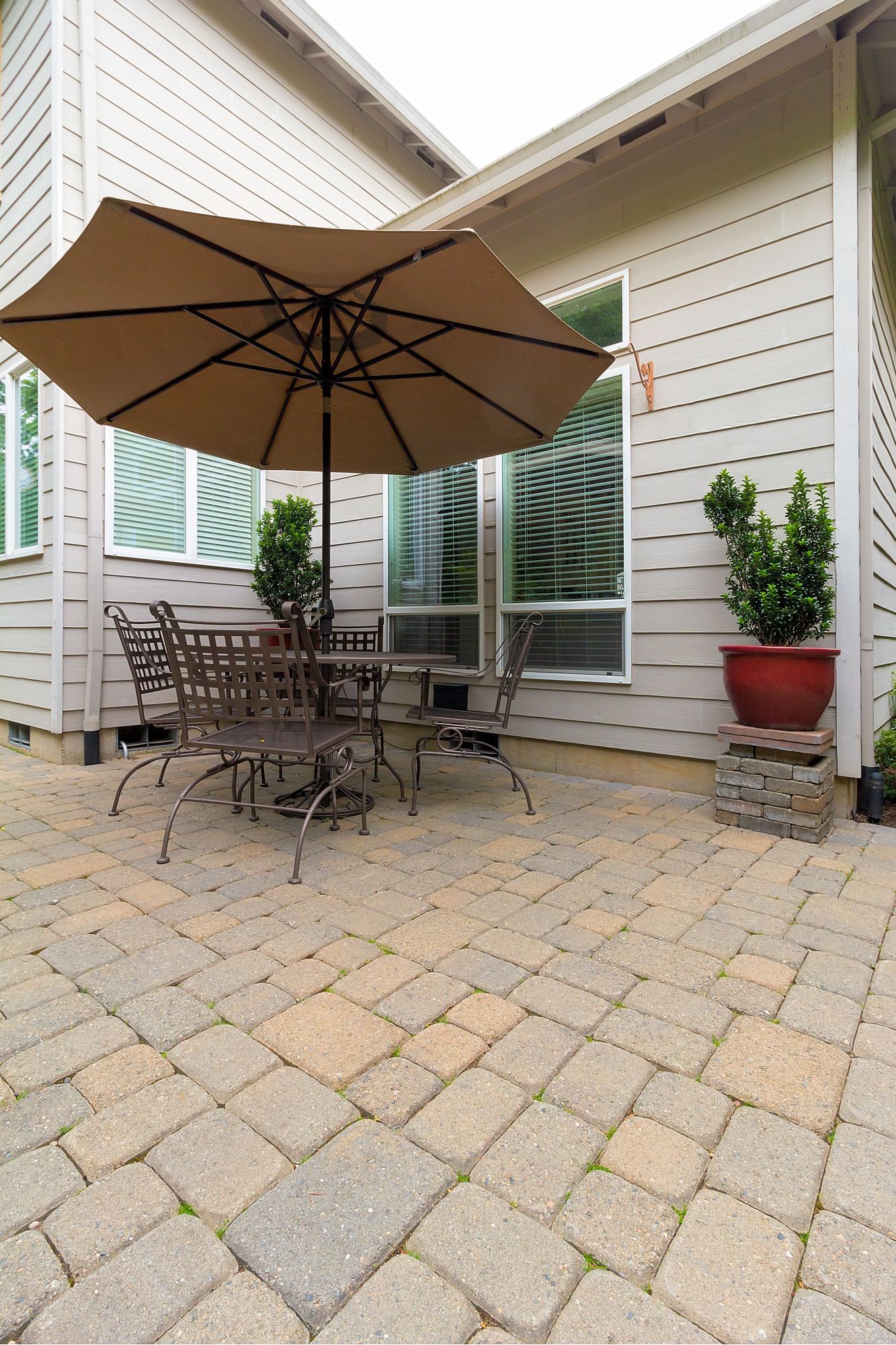Paver Walkways
A properly installed pathways and walkways add value to any property they surrounds. They provide the garden or the approach to the house a completed aspect while also adding visual appeal, separating spaces, and making the area feel more welcoming. These renovations boost the home's resale value and money put into the garden typically yields very high returns.
Tucson Pavers is a top-rated contractors in the landscaping and hardscaping industries. Our professionals includes expert masons and stoneworkers who can create a custom path or hardscaping to suit your house. Get in touch to learn more!
Paver Walkways Ideas For Your Remodeling
-
Driveway Walkway Pavers
-
Backyard Walkway Pavers
-
Front Yard Walkway Pavers
-
Outdoor Walkway Pavers
Get Estimate
Contact Us
We will get back to you as soon as possible.
Please try again later.
How To Style Your Paver Walkway
The aesthetic appeal of your pathway and how well it blends with other elements depend on your color selection. If you want to add color to your design, consider using two or three colored pavers for the border or the actual pattern itself. This means thinking about how your house, other buildings, and any existing hardscapes will all look together.
When planning a walkway, it's crucial to consider the color of any surrounding or adjoining patios or driveways. It's likely that they will go with your home and the color of the pathway you choose, but you should still double-check.
Sand
It's possible to find sandstone pavers in various colors and styles. Pavers with a sand or sandstone tint are cozy. The color is perfect for achieving a desert landscape aesthetic. Still, it also works well for portraying a day at the beach.
Sand or "sandy" refers to the color itself. It has the consistency of cream. Both are cozy yet airy and may rescue a patio from its typical blandness. Sandstone paver walkway makes an outstanding garden path.
White
Since white isn't a standard color for natural stones, white brick walkway pavers are a luxury. To achieve a white tone, you will need to use specialized pavers. White pavers are hard to come by and thus pricey.
White papers are rarely indeed white seen. Their color is closer to a pale gray. The pavers can be whitewashed, stained, or limewashed for the best results.
Grey
Grey walkway pavers may be the most widely used color. They come in any form and better surface. For embossed paver stones, the foundation is grey pavers manufactured of concrete rather than natural stone.
If you need help settling on a shade, grey is typically a safe bet. All gray can be intimidating and won't add enough personality for most patio flooring, so it's recommended to add an accent color for the best effects. Try it out and paint over the mistakes afterward if you like.
Black
The same may be said about black walkway pavers. Because manufacturers typically make them, they must place a particular order. Black pavers are naturally produced from recycled rubber or asphalt.
The pavers mustn't be dark gray, so that's the quickest way to get black pavers. Your outdoor living space's aesthetic will significantly affect the paver patterns you select, so give them some thought. In a contemporary garden, sticking to clean, intricate shapes is essential. Curved or circular designs are beautiful when placed around a water fountain or fire pit.
Paver Patterns For Your Walkway Designs
With pavers, you may create various patterns and designs for your outdoor space. Many designs have gained popularity and application due to their distinctive appearance and solid construction.
Although cement is typically used, it is not required. Other fillers, such as gravel, sand, grass, or moss, can be used instead. Ideas to help to select the correct pattern for your pathway.
-
Running Bond Pattern
Read more →Nowadays, this pattern is the most popular option for houses. B because it is the most straightforward pattern to lay, the quickest to install, and the most efficient in terms of material cost. The running Bond is applied next to each other, and its strong, straight lines make illusions. Depending on the layout, these tricks make it appear either longer or broader. Although this is the most uncomplicated paver design, it requires basic cutting skills, so it's also the cheapest and easiest to put down. In addition to making even a tiny space look larger, running Bond can be used dramatically in front of or adjacent to a house to highlight its structural details.
-
Basket Weave Pattern
Read more →A good pattern has its roots in the golden age of English landscape design and will give your space an appearance of history. In this layout, pairs of vertical and horizontal pavers are interwoven. The rows and columns made from the coupled pavers are stunning. You aren't limited to just one color when using this design; play around with complementing and contrasting colors for a unique take on the design. This pattern is excellent for homeowners who want to achieve a classic or retro aesthetic. Still, it is losing popularity in favor of more modern designs. As an added bonus, the basket weave is exceptionally long-lasting. It may be used in almost any part of your garden or yard.
-
Herringbone Pattern
Read more →The "V" shape is achieved by laying the pavers in opposite directions. This layout, which can be applied at either 45 or 90 degrees, is popular in big and small gathering spaces. This pattern is stunning and gives any walkway or patio an artistic touch. You may add visual interest to your design by incorporating clay pavers as a filler material or as a border. Because of its sturdiness and strength, the herringbone design is ideal for high-traffic or furniture-laden areas. You can use this design for your driveway, patio, or pathway.
-
Concrete Lawn Curbing
Button -
Patio Pavers
Patio Pavers -
Fire Pit with Paving Stones
Button
Paver Walkway
ButtonDifference Between Walkway & Pathway
Pathways are often constructed with a different set of materials than pedestrian paths. Pathways are sometimes built from natural materials like loose gravel or grass.
In contrast, walkways are typically constructed from more permanent hardscape materials like poured concrete, giant slabs of concrete block stone, or pavers.
It's common practice to use poured concrete for walkways. However, pavers are superior to walking surfaces. Pavers, made from toppled concrete blocks, have a more natural appearance than poured cement.
It come in various earth tones, making blending into the surrounding environment easier.
They also don't crack as traditional concrete sidewalks do. To repair a damaged paver, take it up and put in a new one.
The width of the walkway and pathway is the last significant difference between the two.
Pathways are typically two to three feet wide as they are used by fewer people and less frequently than walkways, which is why walkways are four to six feet wide.
Upgrade & Bring Your Walkway To Life
Your outdoor living space's aesthetic will significantly affect the paver patterns you select, so give them some thought. In a contemporary garden, sticking to clean, intricate shapes is essential. Curved or circular designs are beautiful when placed around a water fountain or fire pit.
A walkway entails a well-defined path for pedestrians to travel along. The way from the back door to the driveway is an illustration. Concrete, pavers, or oversized flagstone are frequently used while building walkways. A footpath is narrower and less sturdy than a walkway. We also offer and are experts in Paver Pool Design & Installation.
By contrast, a pathway is an artistic touch that conveys a smaller number of visitors from one part of your yard to another. This may be anywhere in your backyard, from the pool to the garden to the patio. The width of a path is typically less than that of a walkway, typically constructed from more aesthetic materials like natural stone.
Considering the current situation of your landscape and the best outcome will help narrow down the possible paver patterns and styles. If you want it to appear larger, use a large, smooth paver and lay it out in a simple design.
While little pavers can create stunning patterns and are ideally suited for vast, open yards, they will make your patio look even more cramped if you use them.

Renovation and Construction
We bring pride and passion to every project that we undertake, with a professional team of designers, project managers and tradespeople.
Blog
Visitor our blog for tips to help you keep your house in top shape.
Navigation
Services
Working hours
- Mon - Wed
- -
- Thu - Sat
- -
- Sunday
- -















